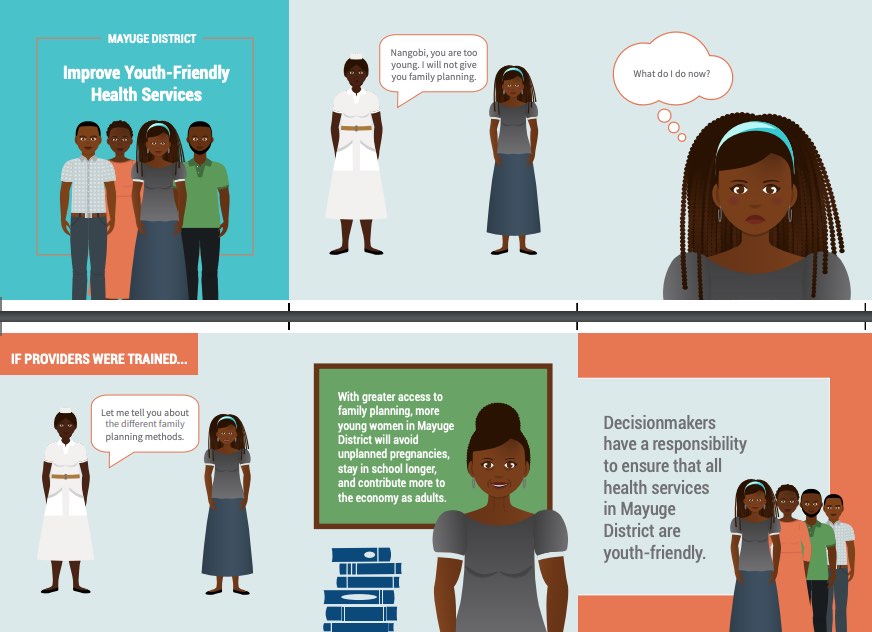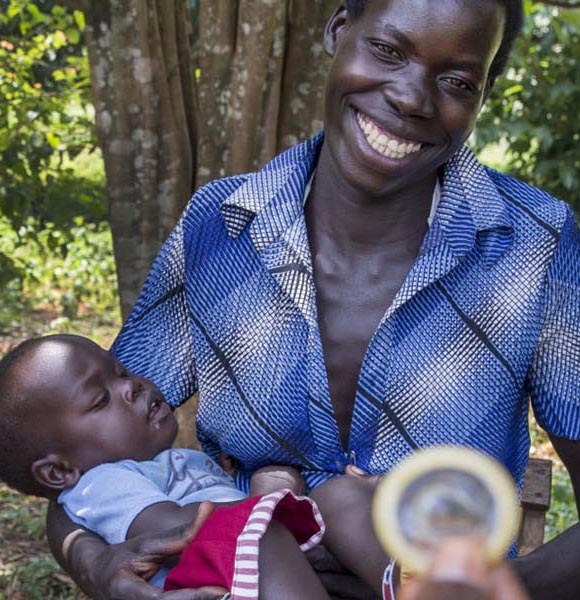757 Search Results Found For : "Viagra Approved Pharmacy ⭐ www.HealthMeds.online ⭐ Cheap Viagra Online - Buy Viagra 100mg"

Project: PACE: Policy, Advocacy, and Communication Enhanced for Population and Reproductive Health
Webinar: Addressing Gender Through Integrated Population, Health, and Environment Approaches
Collecting, analyzing, and using gender-related indicators in projects is critical to addressing many of the underlying challenges that communities around the world face, particularly in integrated Population, Health, and Environment (PHE) projects.

Project: Appalachia: Demographic and Socioeconomic Trends
Appalachia Sees Higher Incomes, Lower Poverty Rates, and Boosts in Education, but Still Lags Behind Rest of Nation
ARC and PRB release new data revealing Appalachia’s economic improvements, key vulnerabilities compared to the rest of the U.S. economy

Project: Empowering Evidence-Driven Advocacy
Palm Card. Improve Provision of Youth-Friendly Health Services in Mayuge District
The palm cards highlight barriers that youth face in accessing family planning services and information that meet their unique needs.
Marriage Benefits Men’s Health
(2010) Marriage improves health indicators and decreases the risk of certain diseases, according to a report in the Harvard Men's Health Watch based on a survey of 127,545 American adults.1 On the other hand, marital stress, divorce, and the death of a spouse have the opposite effect, particularly on men.

Project: Empowering Evidence-Driven Advocacy
Youth Family Planning Policy Scorecard: Measuring Commitment to Effective Policy and Program Interventions
PRB’s Youth Family Planning Policy Scorecard evaluates the favorability of 28 current national policy and program environments for youth access to sexual and reproductive health services.
How to make a Population Pyramid
This lesson provides students with the background to understand the importance of age structure on population growth.

Project: Center for Public Information on Population Research (CPIPR)
New Studies Probe “Who Smokes and Why” to Bolster U.S. Prevention Efforts
To better design and target anti-smoking efforts, researchers are examining stress, genes linked to nicotine addiction, and neighborhood/family characteristics to identify who smokes today and why.
